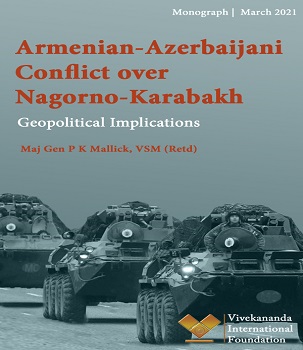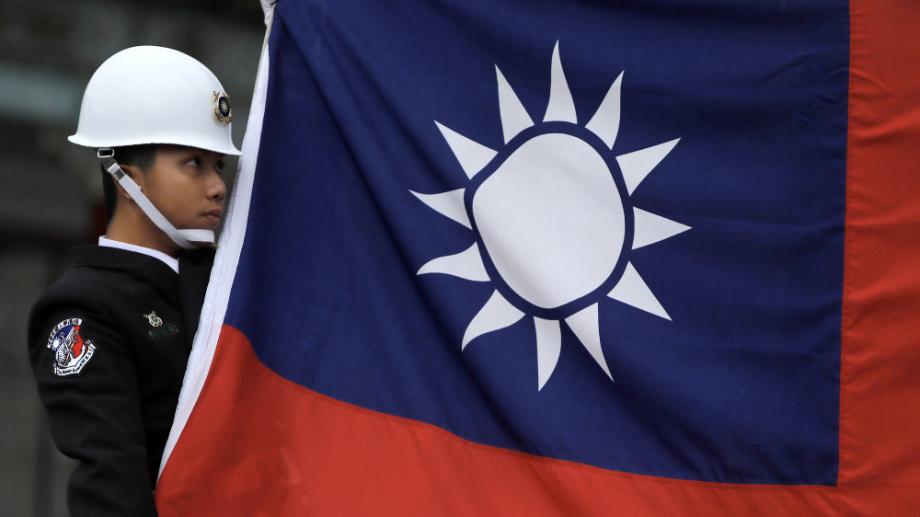Maj Gen P K Mallick, VSM (Retd), Consultant, VIF

The geostrategic sensitive region of region of Nagorno-Karabakh lies at an intersection of political, ethnic and religious borders of Iran, Turkey, Russia and Georgia. On September 27, 2020 the war broke out with Azerbaijan launching an offensive retake Nagorno-Karabakh and surrounding previously Azerbaijani-populated regions. The war was won by Azerbaijan.
Russia brokered a peace deal with Armenia and Azerbaijan agreeing to a Russian-mediated settlement to end the six-week war. The cease-fire is seen as a victory in Azerbaijan and as a capitulation in Armenia. Russia’s leading role in stopping the fighting also shows that Moscow continues to be the most influential player in the southern Caucasus.
This monograph provides the background of the conflict, its geopolitical dimensions, details of the cease fire deal and the role of different stakeholders in this conflict.












